Help save the grave of James Dyson and his two wives in East Perth Cemetery
The bodies of James Dyson and his wives Fanny and Jane lie in the old East Perth Cemetery. The three were united only briefly together under the same roof in life, and when they died many years apart, they were not necessarily buried in the same plot. But eventually all three were reunited on (not under) a single headstone in a family grave, in the oldest burial ground for the pioneer residents of Perth in Western Australia.
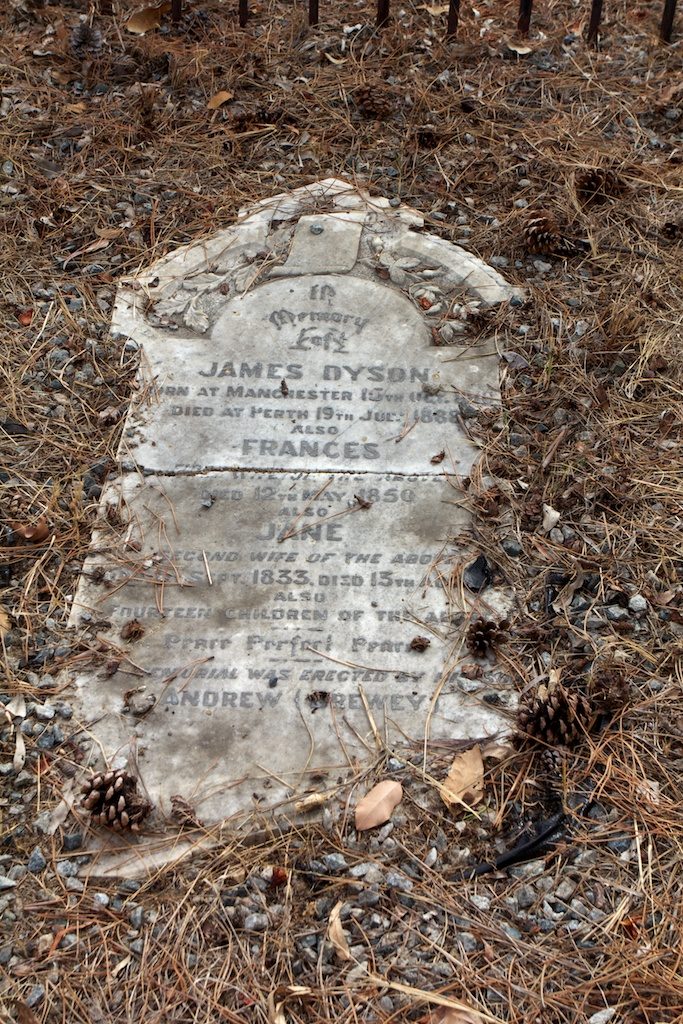
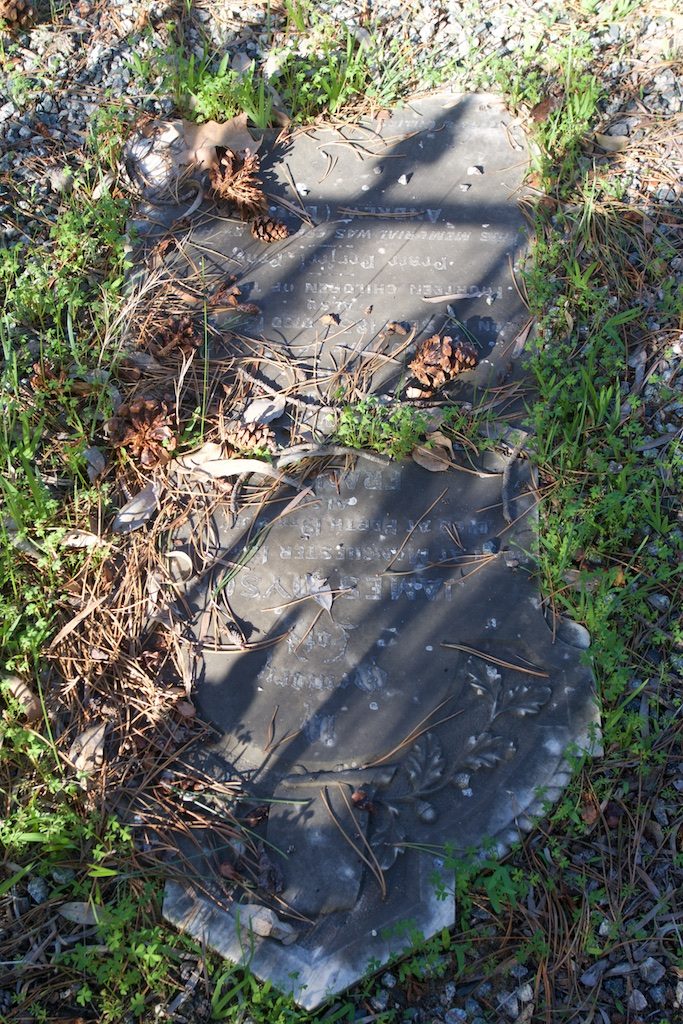
James Dyson was buried in the Methodist Cemetery, as that portion of the East Perth site was then known, the day after he died on 19 June 1888. Fanny died in 1854 (not 1850 as the headstone suggests) but the error is understandable as this monument was commissioned after the death of Mrs Jane Dyson on 12 August 1899 by one of her many sons with James. Andrew “Drewey” Dyson was born in 1858 many years after the death of Fanny (she is referred to as “Frances” nowhere else but on this headstone) and he was famous for many things including being a funeral director.

Drewey (or Drewy) was famous for mostly the wrong reasons. As a funeral director he pioneered the use of advertising for his trade but there was substance as well to his notoriety :—
A Perth undertaker got it for the axe-ing last night — that is to say, somebody rapped him over the head with an axe. The undertaker was a Mr. Dyson ; but as no serious consequences are anticipated, he will not— ahem !— die soon.
The Daily News, Tuesday 3 November 1896 p3
He won the government contract to bury the paupers. Business was good in 1896 when a smallpox epidemic hit the town. How good? Drewy and a friend drank the profits and its always possible to date exactly when he went on a bender from the records of the police courts in the days afterwards:—
Andrew Dyson, the well-known coachbuilder and undertaker, of Murray-street, became involved in a very serious row yesterday. He had been drinking all day and was very violent and abusive. He caught one of his men smoking while at work, and he abused him soundly. Finally he made a rush at him to inflict summary punishment, but as he came on, the man struck him a heavy blow on the head with an axe, Medical assistance was at once summoned, and the wound was dressed. Dyson retained consciousness, though at times he become rambling and incoherent, No arrest has yet been made.
The Daily News, Tuesday 3 November 1896 p3
Drewy was a favourite of the press — he provided them with so many good stories — but the one told above had a sequel many years later when the Subiaco-Jolimont Cemetery was closed and the bodies transferred to the newer Karrakatta burial ground:—
THE COFFIN ROMANCE
Sunday Times, 14 October 1906 page 4S
The Way “Drewy” Dyson—Buries Old Bones
Drewy Dyson seems to have had a good deal to do with the burying, digging up again, and replanting of small-pox and typhoid corpses. The 48 who were buried in unregistered ground at Subiaco were entrusted, to “Drewy” and a friend named Lee to inter. The specifications, set out that the bones should be encased in jarrah coffins, but Drewy, if all accounts be true, packed them with much Christian ceremony into kerosene cases painted to a suitable hue. Then during the burial, he splashed up some of the profits in two dozen of ale, which he satisfactorily consumed while the bones were consecrated. This is not Drewy’s first experience of the same bones. He was the original planter, and probably thinks that anything will do for a secondhand burial.
It is not likely that the bones will object to the nature of the coffins, but the imposition is there all the same.

Sunday Times, 28 October 1906 p 1S
Drewy Dyson’s notoriety overshadowed not only his own real accomplishments but those of his family. None of his parents were angels though. His father served his sentence in Van Diemen’s Land as a convict before starting afresh in Perth during the 1840s, rising up to be one of the largest employers of labour in the Colony (including ticket-of-leave Western Australian convicts). James Dyson built the town of Perth — It was his timber that paved the streets during the 1870’s, his bricks that made up so many buildings of the time (of which only the Wesley Church on William Street now remains) and his membership of the Perth City Council at a time when the Perth Town Hall was opened on his watch. He owned lake Julabup — known in his time as Dyson’s Swamp — an integral part of the network supporting the beef and dairy industry that kept Perth fed during the nineteenth century (pre-refrigeration) and the corner in Perth known as Dyson’s Corner where his butcher’s business and bakery operated out of.
Yet there are few other memorials to James Dyson, his two wives and they twenty-one children they produced together. Many of their children buried in the Karrakatta Cemetery that ultimately succeeded East Perth as the community’s principal burial place at the beginning of the twentieth century. Few had headstones, and the policy of that institution after 120 years of operation is to recycle the ground for new burials. As the years pass it will become near impossible to locate the unmarked graves or even the location of headstones once they are built over.
The destruction of monuments at Karrakatta is ongoing and deliberate. The damage to the monuments at East Perth Cemetery between the time of its closure to its protection as a heritage site was far worse, but in 2019 it is still possible to visit the family grave of Dysons with it’s fallen headstone and wrought iron railings around the plot. But for how much longer? The gravestone is snapped into multiple pieces and the lead-lettering is wearing away after 120 years exposed to the elements. The iron railings are rusting.
A plan has been drawn up to preserve the historic grave of James, Fanny and Jane Dyson for future generations to come. A quote from the conservators to do the work has been prepared… The problem is that it is expensive… bloody expensive. The estimate is $5,000 (Australian) if all goes well, up to $6,000 if something unexpected is discovered like the stone is especially fragile now.
None of us individually can afford anything like that amount — but collectively… how many children, grand-children, great-grand children and onwards did J,F&J produce? There were 21 in the first generation alone, of whom ten of these produced children too. For reasons of privacy it is difficult to accurately calculate how many living descendants there are today. A conservative guess is about four hundred people. If two-thirds that number contributed $20 each the amount would be raised, but every little bit would help.
John and Julie Dyson are great-grandchildren of James and Jane. They have set up a go-fund-me campaign to raise the funds to complete this vital restoration work. If you are able to contribute anything at all that would be grand, but if you could pass on a link to this page or the go-fund-me page to anyone else who has a passion for history and preserving the past could you please do so: —

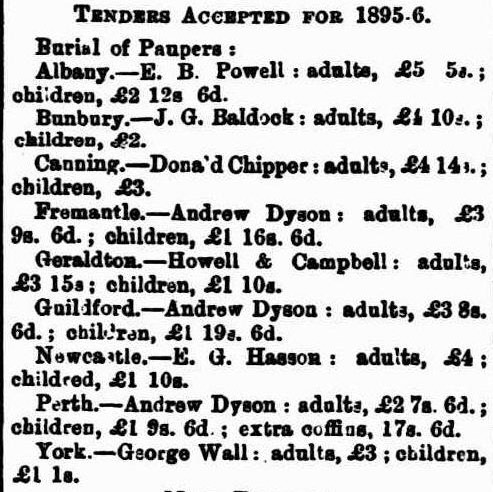
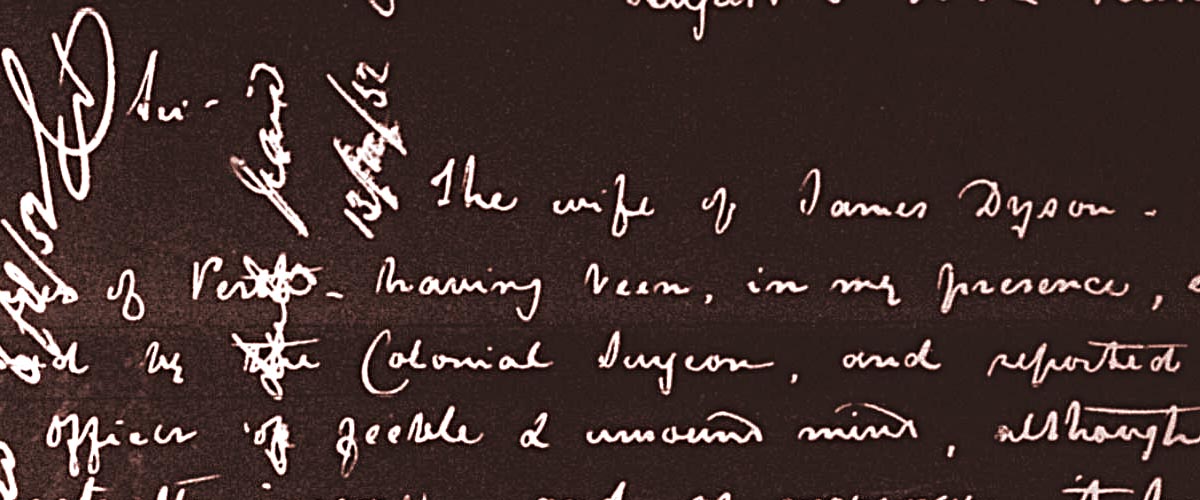
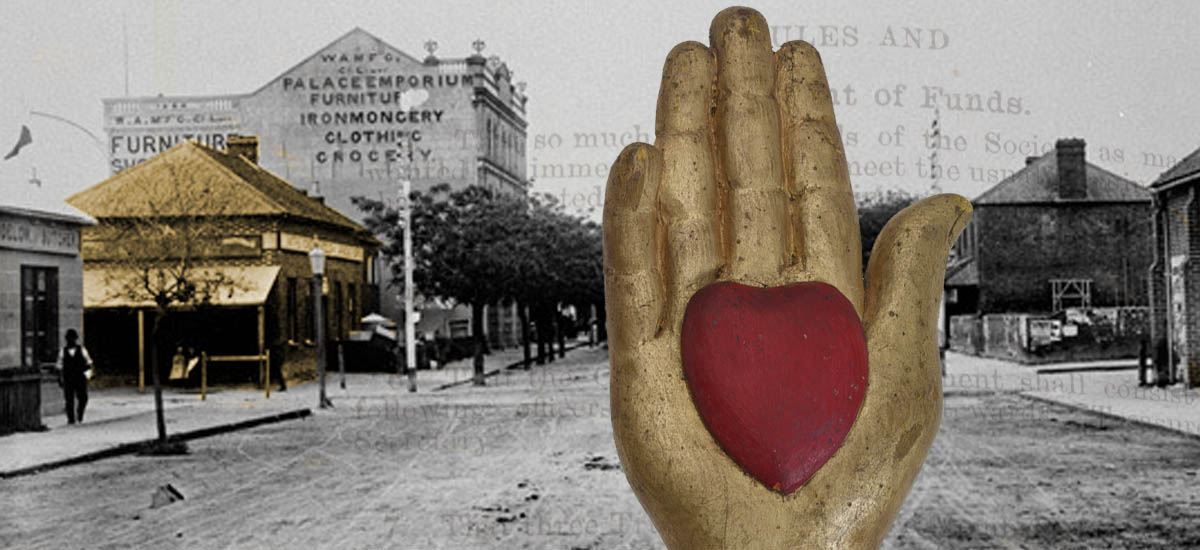
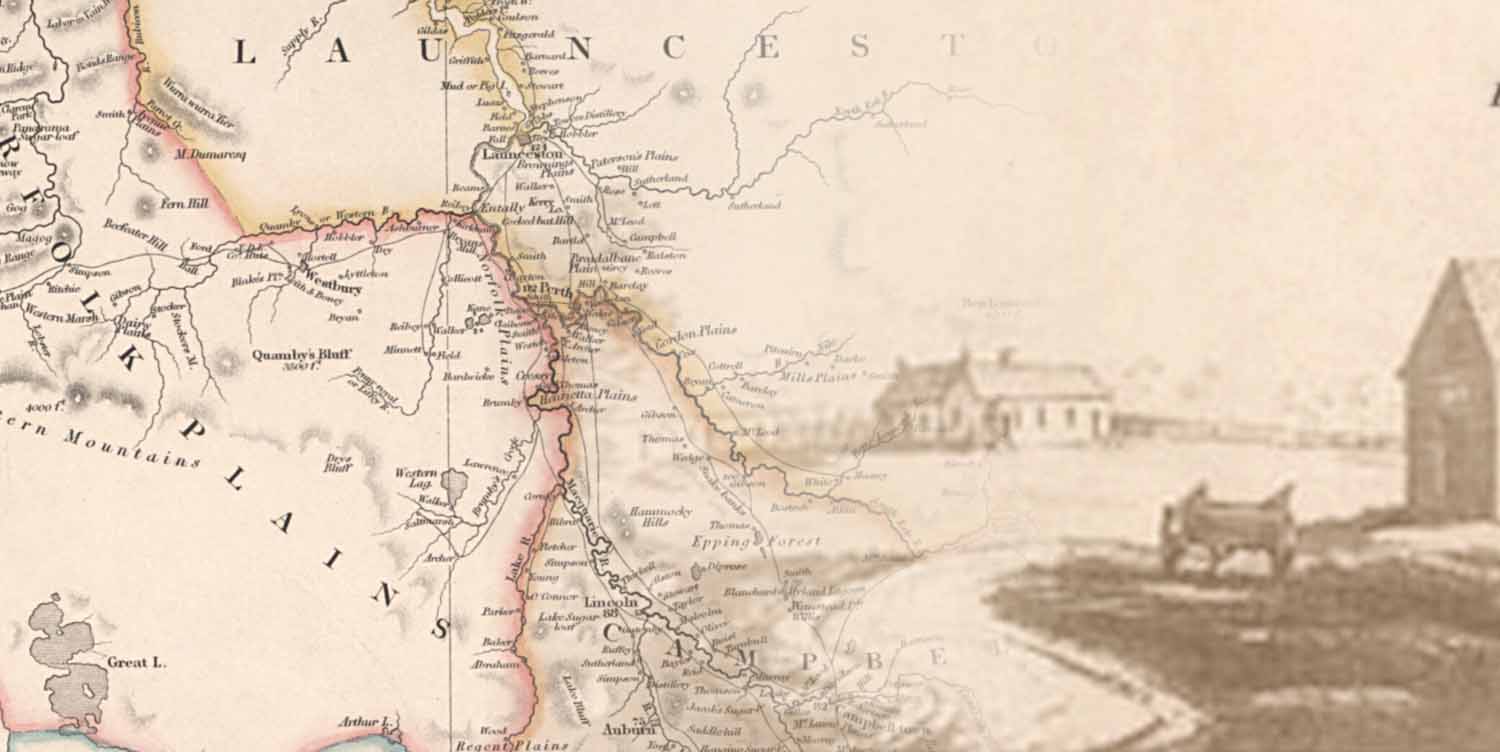
Just saw an episode of Who Do You Think You Are on entertainer Todd McKenney who is a descendant of James Dyson through his mother’s line. It showed him at the grave.
Indeed!
And if I had the presence of mind on the day of filming when he cried “He’s a crook!”, I would have shouted “HELL YEAH!”